(ECNS) -- A Chinese research team has discovered an amazingly well-preserved fossil skeleton of an extinct owl that lived more than six million years ago in northwest China's Gansu Province.
The fossil was found at the edge of the Qinghai-Tibetan Plateau by researchers from the Institute of Vertebrate Paleontology and Paleoanthropology (IVPP) of the Chinese Academy of Sciences
Their detailed study of the skeleton's fossilized eye bones reveals that the owl was active in the daytime, rather than the night.
The extinct species is the first record of an ancient owl being diurnal. The researchers named the species Miosurnia diurna in reference to its close living relative, the diurnal Northern Hawk Owl (Surnia ulula). The team's findings were published in Proceedings of the National Academy of Sciences (PNAS) on March 28.
"It is the amazing preservation of the bones of the eye in this fossil skull that allows us to see that this owl preferred the day and not the night," said Li Zhiheng, first author of the study.













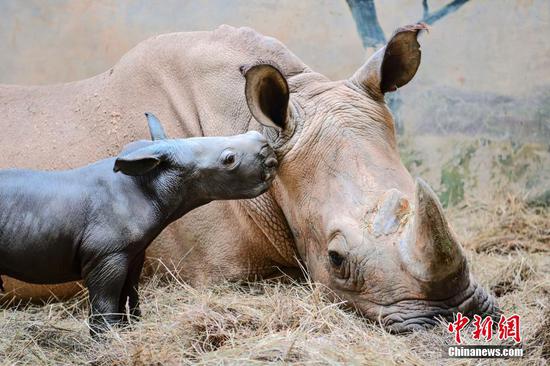




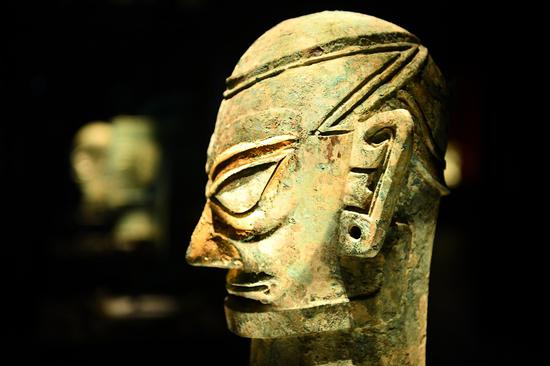











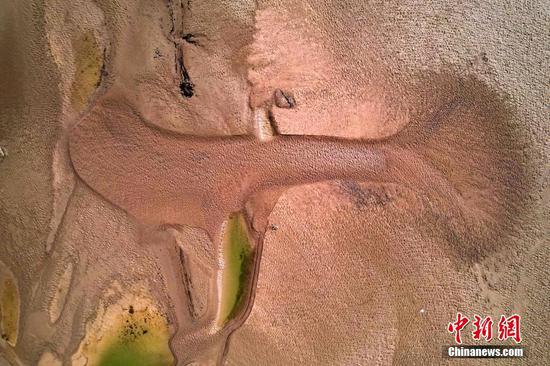





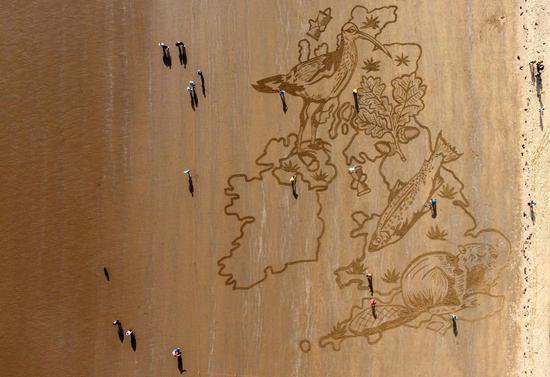





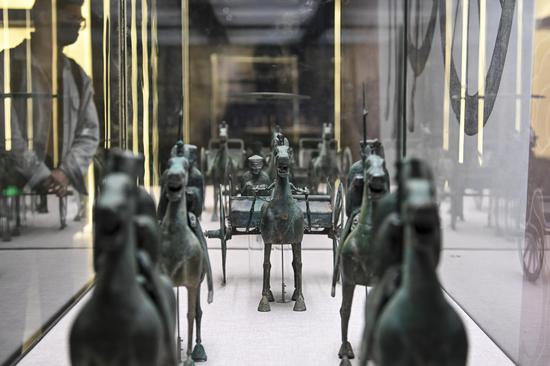







 京公网安备 11010202009201号
京公网安备 11010202009201号